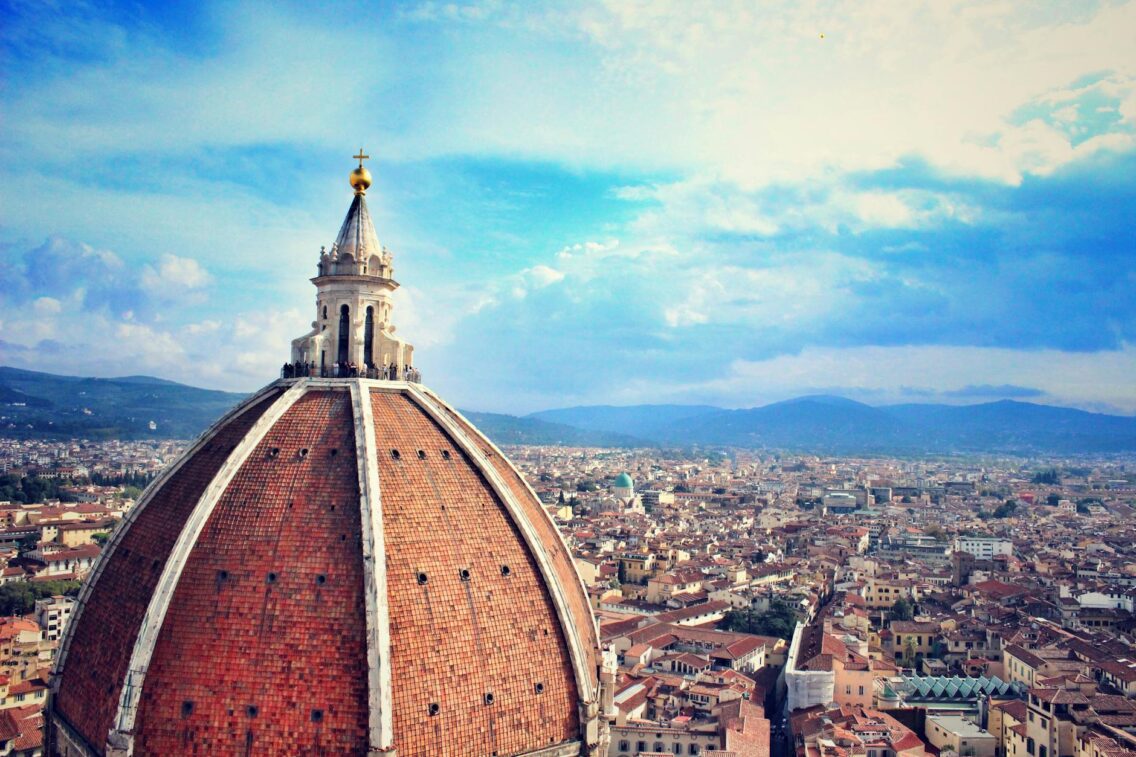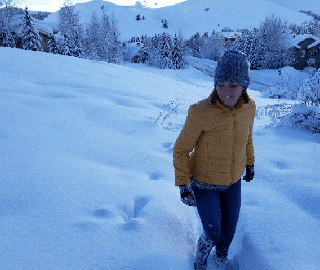Winter in Italy is not just for powder hounds. Think misty piazzas at blue hour, steaming thermal baths, pine forests laced with fresh snow, and candlelit trattorie where dinner stretches out in courses. If you want a holiday that feels restorative, it is absolutely possible. You can keep your footprint light while maintaining high romance.
Travel low-carbon without losing the magic
Start with the journey. Trains turn travel time into part of the holiday, they land you right in the centre, and they cut emissions compared with short flights. This winter, flight-free itineraries are easier to plot than ever, with a Brussels to Venice night train scheduled to launch in February 2025, a route that neatly connects with Eurostar and opens up gateways to northern Italy.
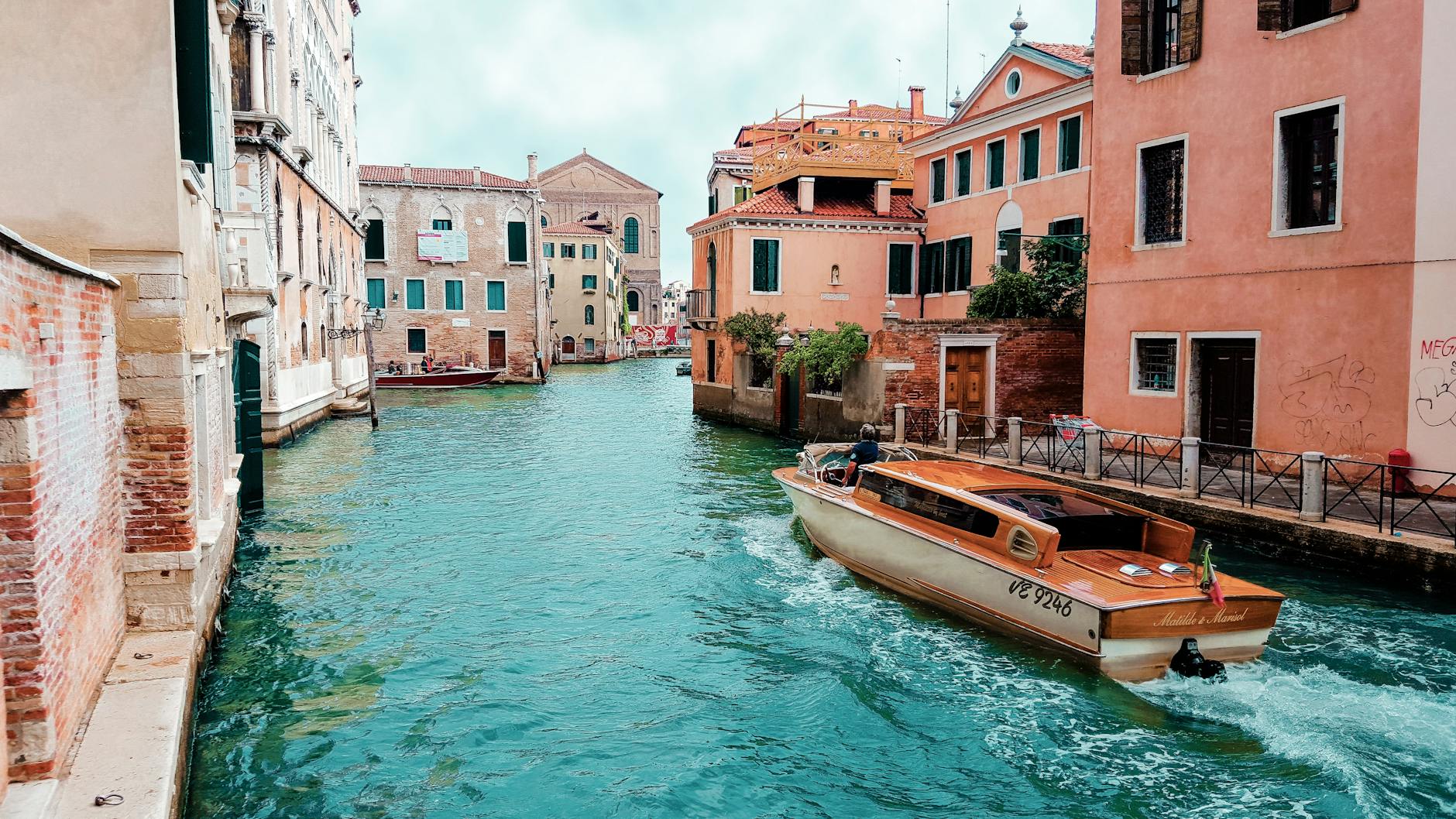
If your plan includes some mountain time, shortlist the best italian ski resorts reachable by rail or shuttle, then build in non-ski days around them. That one tweak, longer stays with fewer transfers, usually means less stress and fewer emissions. It also gives you space to enjoy a city break at either end, which is often the most memorable part of the trip.
Stays, spas, and slow adventures
Pick accommodation that publishes what it is doing, not just what it believes. Look for clear actions like heat-recovery systems in wellness areas, renewable energy, insulation upgrades, refillable amenities, and visible food-waste plans. Alpine family hotels and small guesthouses often nail the basics. They offer seasonal menus. They use smart energy. This is because it is good hospitality and good business.
Wellness is a strong thread across the Italian Alps right now. Forest bathing, sauna rituals, and gentle guided hikes sit comfortably alongside snow activities, so mixed-interest groups can all feel included. If you like that rhythm, browse a wellness-focused Dolomites retreat profile for a sense of how mountain hotels are building slower experiences into winter, not just summer.
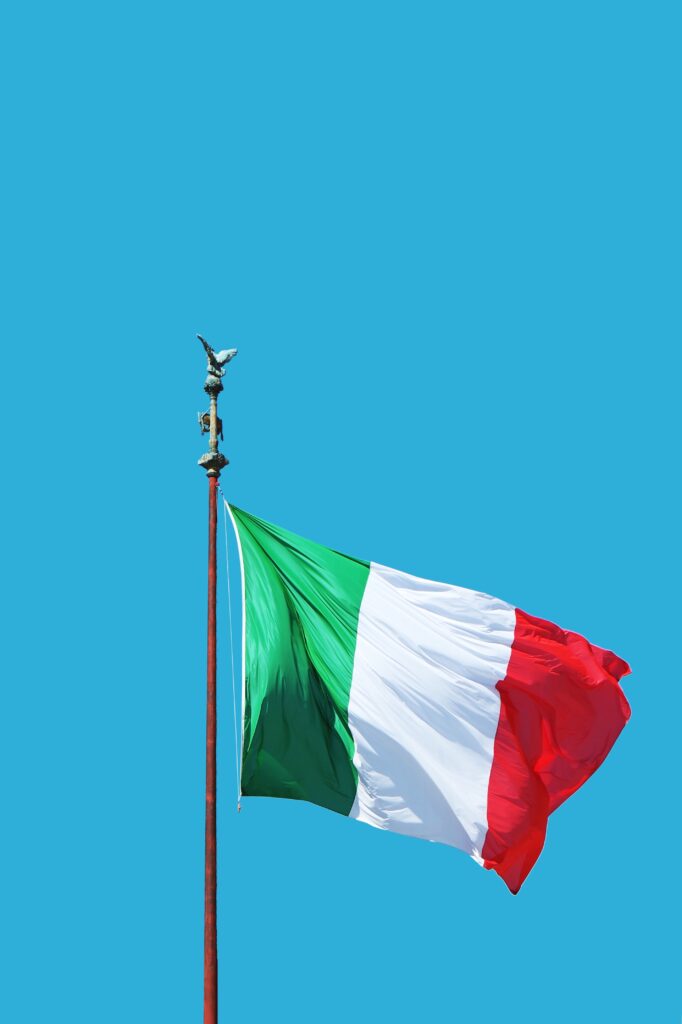
Snowshoeing is the unsung hero of low-impact winter. Hire a guide for two hours, follow silent trails through larch and spruce, and end with a simple polenta lunch. Cross-country loops work the same way, and most valley towns have rental shops a short stroll from the main bus stop. Prefer wheels to planks. Many resorts run sledging tracks with gondola service. This allows families to share the fun without juggling lessons. There’s no need to chase lift maps either.
Three easy winter blueprints
City and spa, with a sprinkle of snow. Base in Turin for cafés, chocolate tastings, and the Museo Egizio. When you crave the mountains, hop on a regional train to a nearby valley for a sledging afternoon or a thermal soak, then glide back in time for aperitivo. You will see more, spend less on transfers, and keep the week varied.
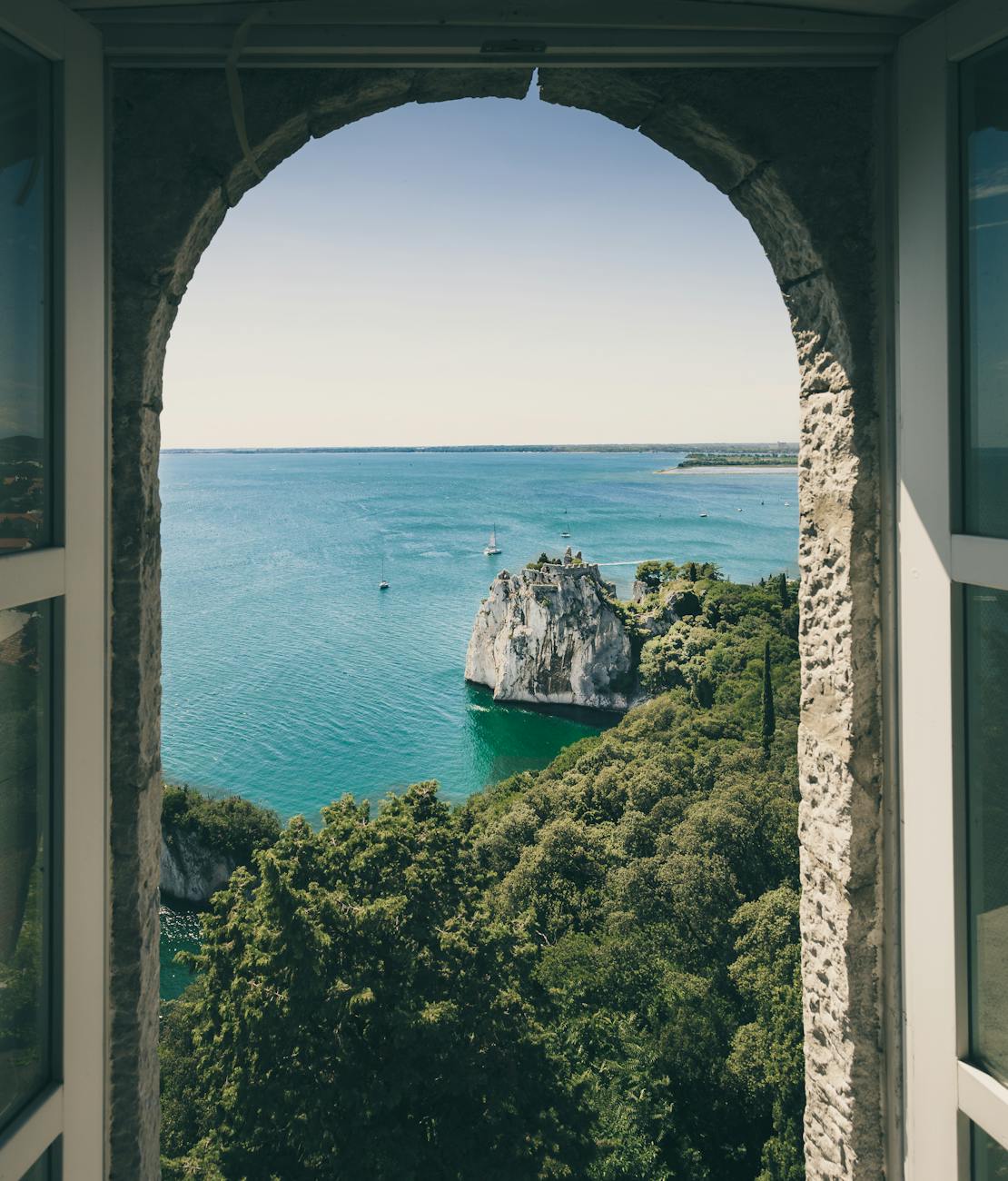
Dolomites without the rush. Aim for a car-free village where the cable car leaves from the centre. Plan two full snow days and three slower days, mixing short gondola rides with long lunches in rifugi that buy from local producers. Add one full rest day to wander a market town, visit a small museum, and try a wine bar run by the owner. You will still catch the bluebird mornings, you just will not spend the whole week chasing them.
Winter sun, Italian style. Southern regions have crisp, bright days that suit walkers, photographers, and food lovers. Think Naples with day trips to hill towns, or the ancient lanes of Matera with an Apennine snow day if the forecast lines up. These itineraries keep transport simple, reward curiosity, and avoid the peak-season pressure to do it all.
Pack light, rent smart, eat local
Bring fewer items you will actually use. A warm mid-layer, waterproof shell, recycled-fibre hat and gloves, and waterproof boots handle most scenarios. Carry a reusable bottle for lift-station fountains and a tote for market runs. If you need specialist gear, rent it in town to support local jobs and avoid hauling baggage.
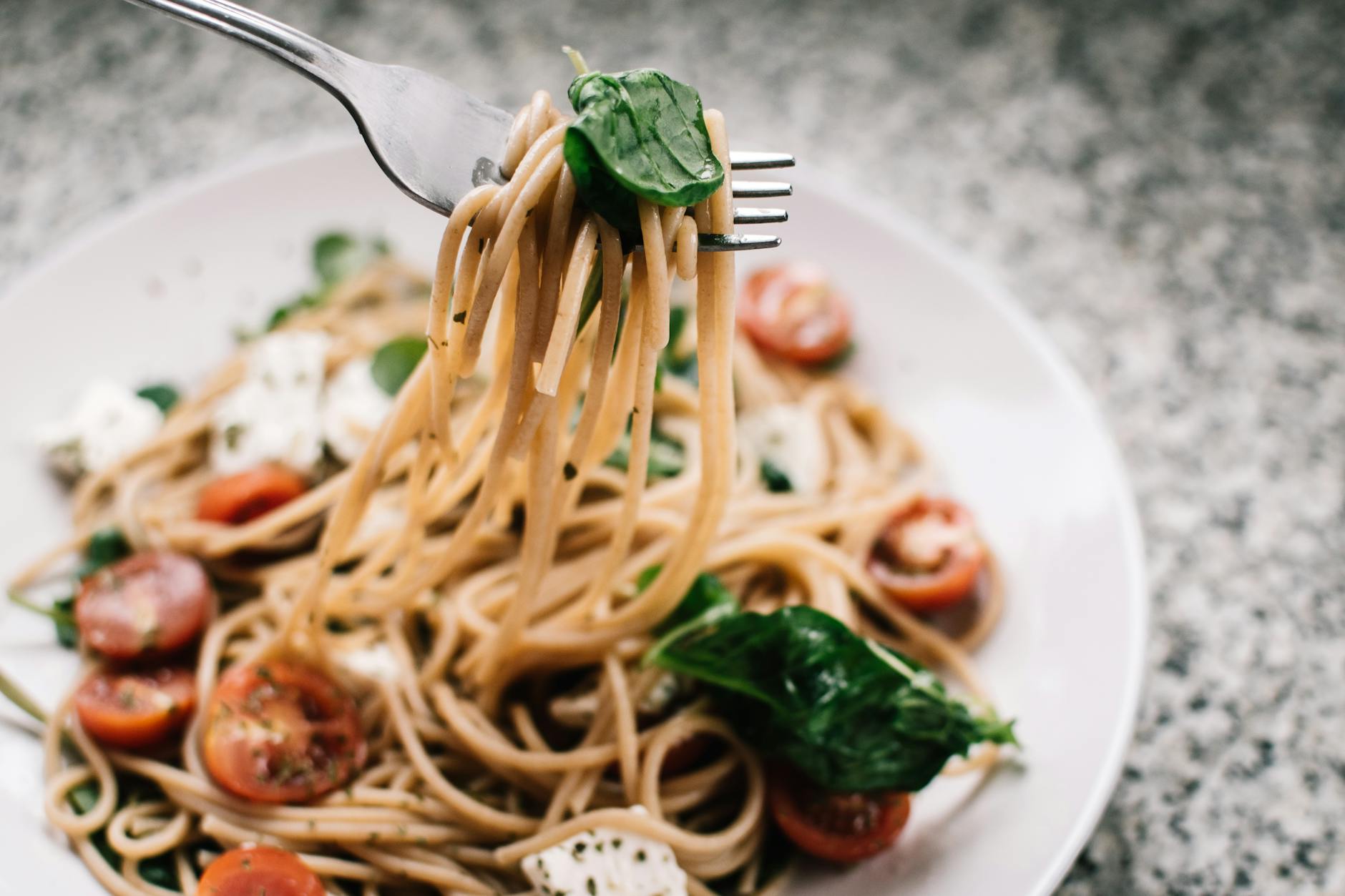
Eat with place in mind. Choose trattorie that serve seasonal menus, try mountain cheeses with DOP protection, and time lunch a little later so you are not drawn to heat-lamp snacks. Markets are brilliant for simple dinners, and a few picnics will offset that splurge rifugio lunch. Most Italian towns now feature small zero-waste or refill stores, helpful if you forget toiletries.
Budget swaps that cut impact
You do not need a perfect plan, just a few good swaps. If a train ticket costs a little more than a budget flight, offset it by self-catering breakfast. Book accommodation slightly away from the lift if it means a family-run place with a real sustainability plan. Replace two expensive guided days with one, then use what you learned to explore at your own pace. Many towns include bus travel in lift or museum passes, so check what your ticket already covers.
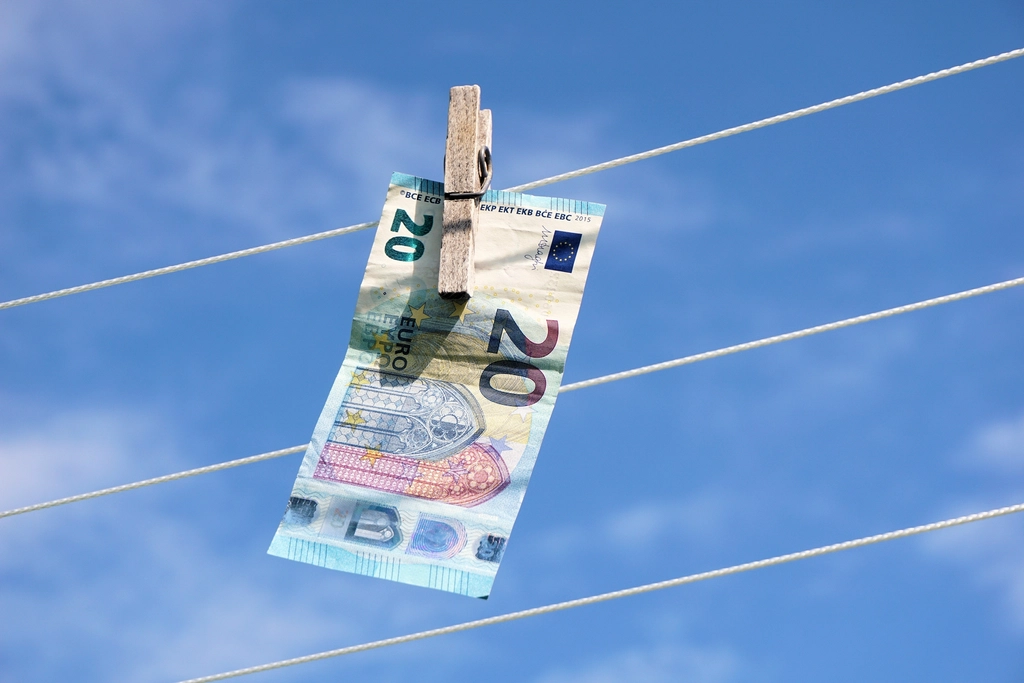
Respect the places you love
Keep to marked trails, respect closures, and give wildlife space at dawn and dusk. Carry a small bag for your own litter and any stray waste you notice. If you do hire a car for a day, fill the seats with new friends from a class or tour. Small courtesies add up, and locals notice when visitors travel thoughtfully.
The bottom line
A sustainable winter escape in Italy is not a compromise. It is a calmer way to travel, with slower mornings, longer lunches, and evenings that feel like they belong to you. Take the train where you can, choose stays that publish their actions, mix snow with culture and spa time, and spend with independent businesses that care for their valley or neighbourhood. You will return with better stories, not just better photos, and you will have left a lighter trace for the next time you come back.
